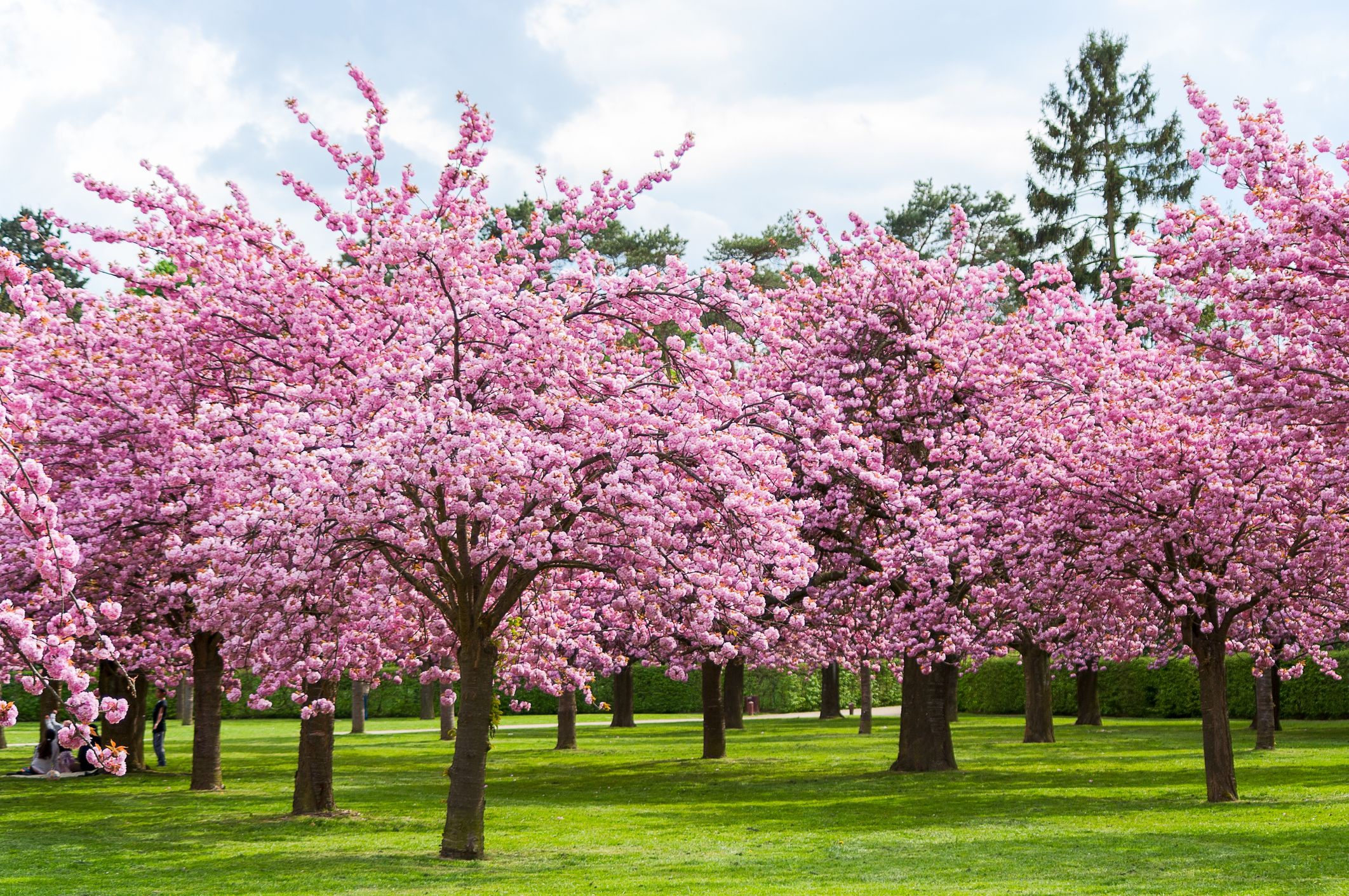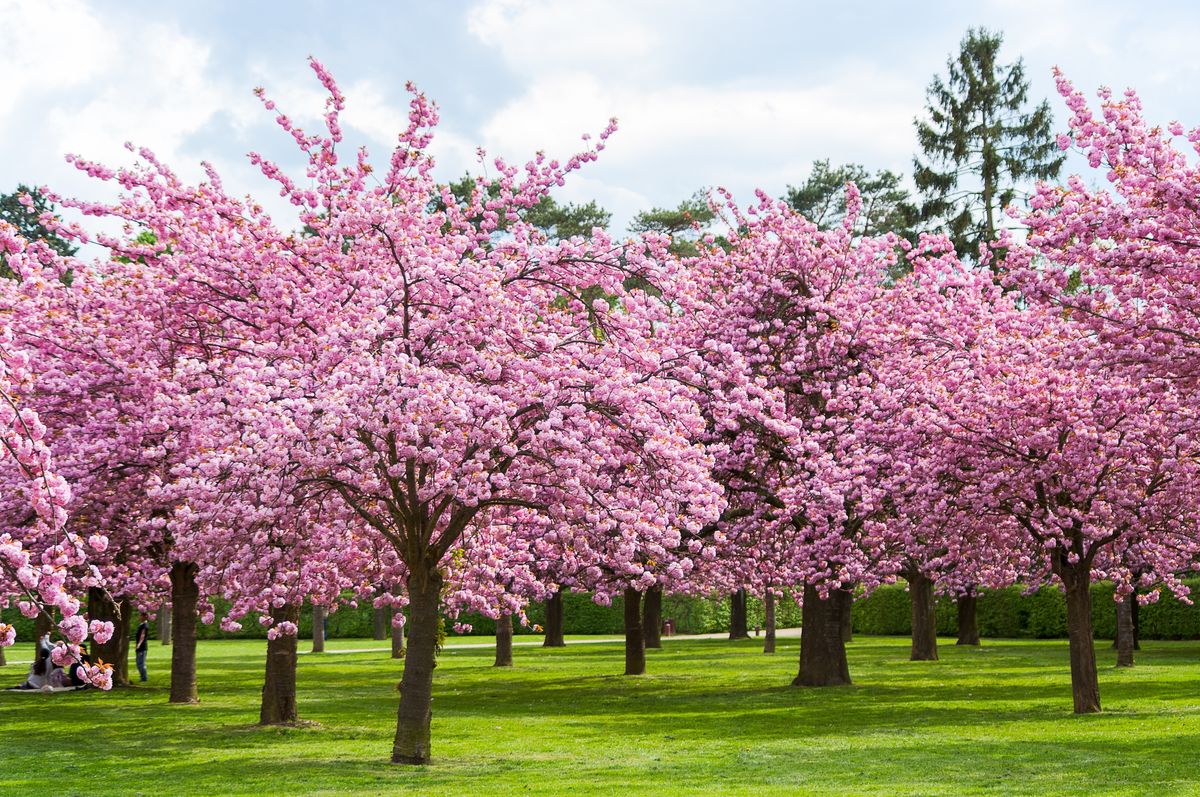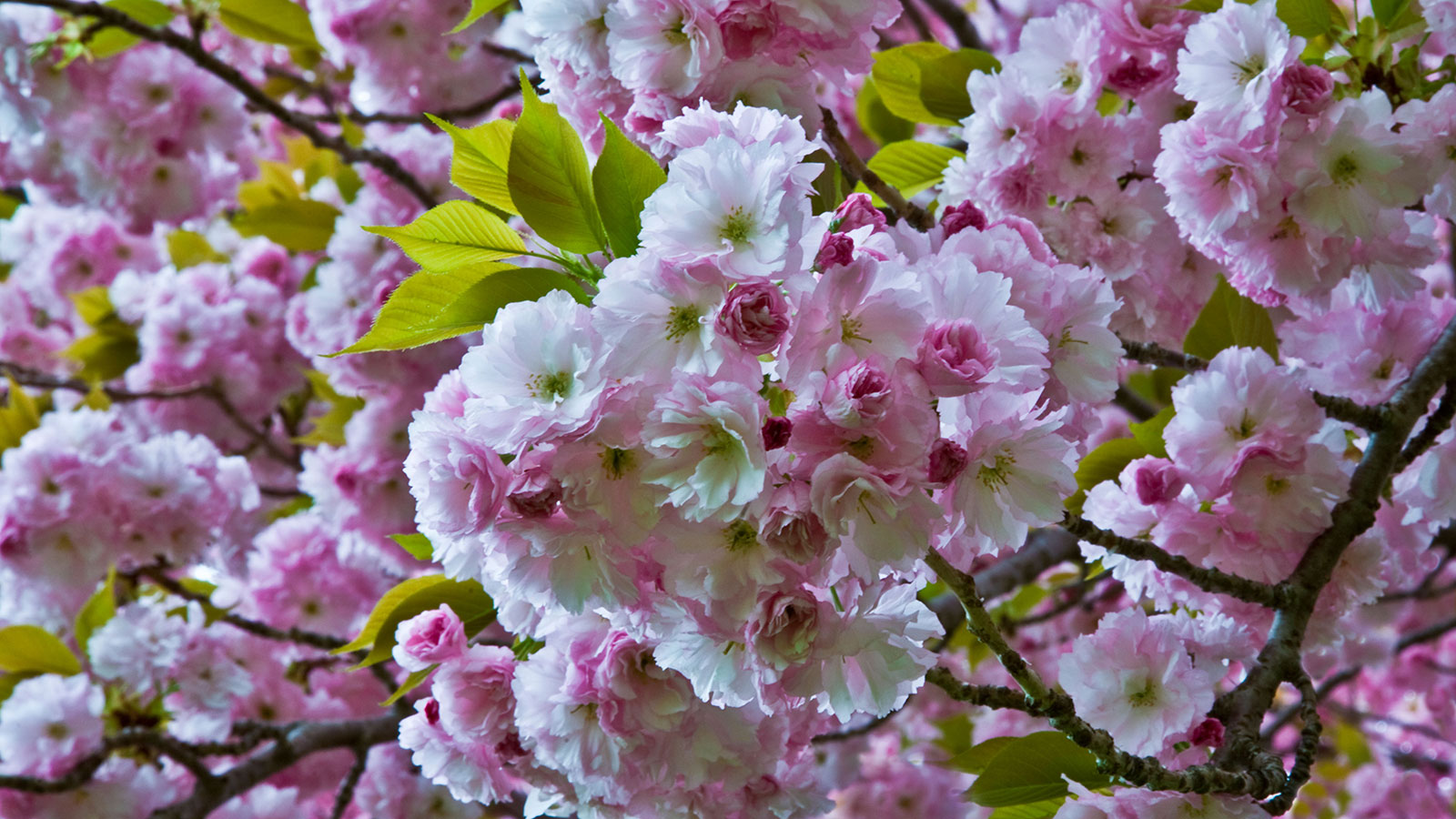Understanding the Brief yet Beautiful Blooming Period
Cherry blossom trees are celebrated for their stunning beauty, but their blooming period is surprisingly short-lived. Typically lasting between 2-4 weeks, the blooming phase is a fleeting moment of glory that requires appreciation and attention. During this brief window, the trees are adorned with delicate, pink-hued flowers that create a breathtaking spectacle. As the flowers fall off, it’s essential to understand what happens next in the life cycle of these magnificent trees. By grasping the ephemeral nature of the blooming period, enthusiasts can better appreciate the beauty and significance of cherry blossom trees after flowers fall off. This brief yet beautiful blooming period sets the stage for the trees’ subsequent growth and development, making it crucial to understand and appreciate this phase.
The Post-Bloom Phase: What to Expect
After the flowers fall off, cherry blossom trees enter a new phase of growth, marked by significant physical changes. One of the most notable transformations is the growth of new leaves, which emerge from the tree’s branches and provide a vibrant green canopy. This process typically occurs within a few weeks of the blooming period, as the tree redirects its energy from flower production to leaf growth. Additionally, cherry blossom trees begin to develop fruit, such as cherries or ornamental stones, which mature over the course of several months. During this post-bloom phase, it’s essential to provide proper care and attention to support the tree’s growth and development, ensuring a healthy and thriving cherry blossom tree after flowers fall off.
How to Care for Your Cherry Blossom Tree After Blooming
As the flowers fall off, cherry blossom trees require attentive care to thrive during the post-bloom phase. Watering is crucial, as the tree needs adequate moisture to support the growth of new leaves and fruit. Aim to provide about 1 inch of water per week, either through rainfall or irrigation. Pruning is also essential, as it helps maintain the tree’s shape, promotes healthy growth, and encourages blooming. Remove any dead or damaged branches, and thin out the canopy to allow for air circulation and sunlight penetration. Fertilization is another vital aspect of care, as it provides the necessary nutrients for growth and development. Use a balanced fertilizer, and follow the manufacturer’s instructions for application rates and timing. By following these care tips, you can ensure your cherry blossom tree remains healthy and vibrant after the flowers fall off, setting the stage for a successful next blooming season.
The Importance of Pruning Cherry Blossom Trees
Pruning is a crucial aspect of caring for cherry blossom trees, particularly after the flowers fall off. This practice promotes healthy growth, encourages blooming, and maintains the tree’s shape. By removing dead, diseased, or damaged branches, pruning helps prevent the spread of disease and pests, reducing the risk of infection and infestation. Additionally, pruning allows for better air circulation and sunlight penetration, which are essential for the growth of new leaves and fruit. In cherry blossom trees, pruning also helps to maintain a strong, central leader, which supports the tree’s structure and promotes a balanced canopy. Furthermore, pruning can be used to control the size and shape of the tree, making it an ideal technique for trees grown in small spaces or urban areas. By incorporating regular pruning into your care routine, you can ensure your cherry blossom tree remains healthy, thriving, and beautiful, even after the flowers fall off.
Common Problems to Watch Out for After Blooming
After the flowers fall off, cherry blossom trees can be susceptible to various problems that can impact their health and productivity. One common issue is pests, such as aphids, spider mites, and scale, which can weaken the tree and reduce its blooming potential. Regular monitoring and prompt treatment can help prevent infestations. Another problem is disease, including powdery mildew and black knot, which can cause significant damage to the tree’s foliage and fruit. Fungal diseases can be treated with fungicides, while bacterial diseases may require antibiotic injections. Nutrient deficiencies, particularly nitrogen and iron, can also occur after blooming, leading to yellowing leaves and reduced growth. Soil testing and fertilization can help address these deficiencies. Additionally, cherry blossom trees may be vulnerable to environmental stressors, such as drought, extreme temperatures, and wind damage, which can be mitigated through proper care and protection. By being aware of these potential problems and taking proactive steps, you can help ensure your cherry blossom tree remains healthy and thriving after the flowers fall off.
Encouraging Healthy Growth and Future Blooms
To promote healthy growth and encourage future blooms in cherry blossom trees, it’s essential to focus on soil care, mulching, and providing adequate sunlight. Soil care involves maintaining a well-draining soil with a pH between 6.0 and 6.5, which is ideal for cherry blossom trees. Adding organic matter such as compost or manure can help improve soil fertility and structure. Mulching around the base of the tree can retain moisture, suppress weeds, and regulate soil temperature. A 2-3 inch layer of organic mulch such as wood chips or bark is recommended. Adequate sunlight is also crucial for cherry blossom trees, which require at least 6 hours of direct sunlight per day. By providing optimal growing conditions, you can encourage healthy growth and promote future blooms in your cherry blossom tree after the flowers fall off. Additionally, regular watering and fertilization can help support the tree’s growth and development. By following these tips, you can enjoy a thriving and blooming cherry blossom tree for years to come.
The Role of Cherry Blossom Trees in the Ecosystem
Cherry blossom trees play a vital role in the ecosystem, providing numerous benefits to the environment and local wildlife. One of the most significant contributions of cherry blossom trees is their ability to support local wildlife. The trees’ flowers, leaves, and fruit provide a food source for various animals, such as bees, butterflies, and birds. Additionally, the trees’ branches and foliage offer shelter and habitat for these animals. Cherry blossom trees also play a crucial role in improving air quality by absorbing pollutants and releasing oxygen. Furthermore, they provide shade, which can help reduce the urban heat island effect and create a more comfortable environment for humans and animals alike. After the flowers fall off, cherry blossom trees continue to contribute to the ecosystem, making them a valuable asset to any environment. By understanding the importance of cherry blossom trees in the ecosystem, you can appreciate the significance of these trees beyond their brief blooming period and take steps to care for them properly, even after the flowers fall off.
Conclusion: Appreciating the Beauty and Significance of Cherry Blossom Trees
In conclusion, understanding the life cycle of cherry blossom trees is essential to appreciating their beauty and significance. From their brief yet breathtaking blooming period to the care they require after the flowers fall off, cherry blossom trees are a true marvel of nature. By recognizing the importance of proper care, including watering, pruning, and fertilization, and being aware of potential problems that may arise, you can help ensure the health and longevity of your cherry blossom tree. Moreover, by acknowledging the ecological importance of these trees, you can appreciate their role in supporting local wildlife, improving air quality, and providing shade. By embracing the fleeting beauty of cherry blossom trees and committing to their care, you can enjoy the many wonders they have to offer, even after the flowers fall off. Whether you’re a seasoned gardener or simply a nature enthusiast, cherry blossom trees are a true treasure that deserves to be cherished and protected.







